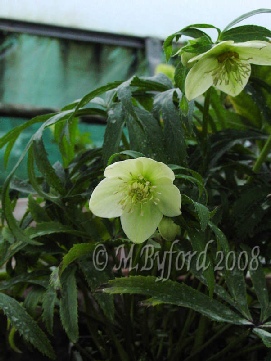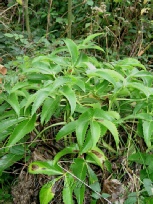


Species Hellebores
The subject of Helleborus species is a large and confusing one with the whole classification in a state of flux. There have been 2 “new” species added in recent years and there are proposals to add more and reclassify and/or split others. The question divides two camps the “splitters” and the “lumpers”. Splitters want to divide some existing species into 2 or more new species and the lumpers would prefer to reduce the number of species and have fewer species but accept wider variation. This is not the place to go into that argument but it is raised so that critical visitors to this site may know that I am aware of the issues and that names may change before I can modify the site.
It doesn’t matter mostly what you call them, the species are beautiful and worthy of a place in any garden in their own right. I hope this site and my nursery will help spread the word and encourage more people to visit the collection and buy species to plant in their gardens and not just the garden hybrids - their bigger and more showy cousins. No “naturalistic” or wild garden should be without! They sit well with erythronium, anemone nemorosa, trilliums, galanthus, hepatica and cyclamen hederifolium.
Most species will grow well in the UK.
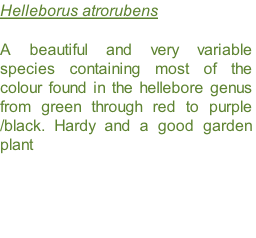
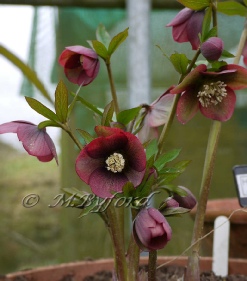
Helleborus abruzzicus
A recently named species.
Green flowers and stunning finely divided foliage. A great architectural statement foliage plant for spring!
Hardy
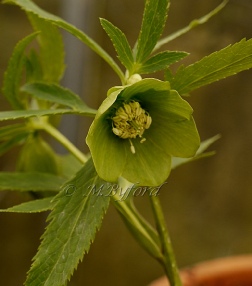
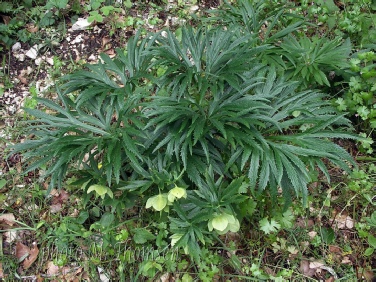
Helleborus argutifolius
A tall, vigorous plant,statuesque - good architectural plant - may need staking in windy areas.
There are several forms including variegated and glaucous leaved.
Helleborus bocconei
A handsome plant from Italy. Nicely dentate (serrated) foliage. Flowers medium large white or greenish. Hardy.
